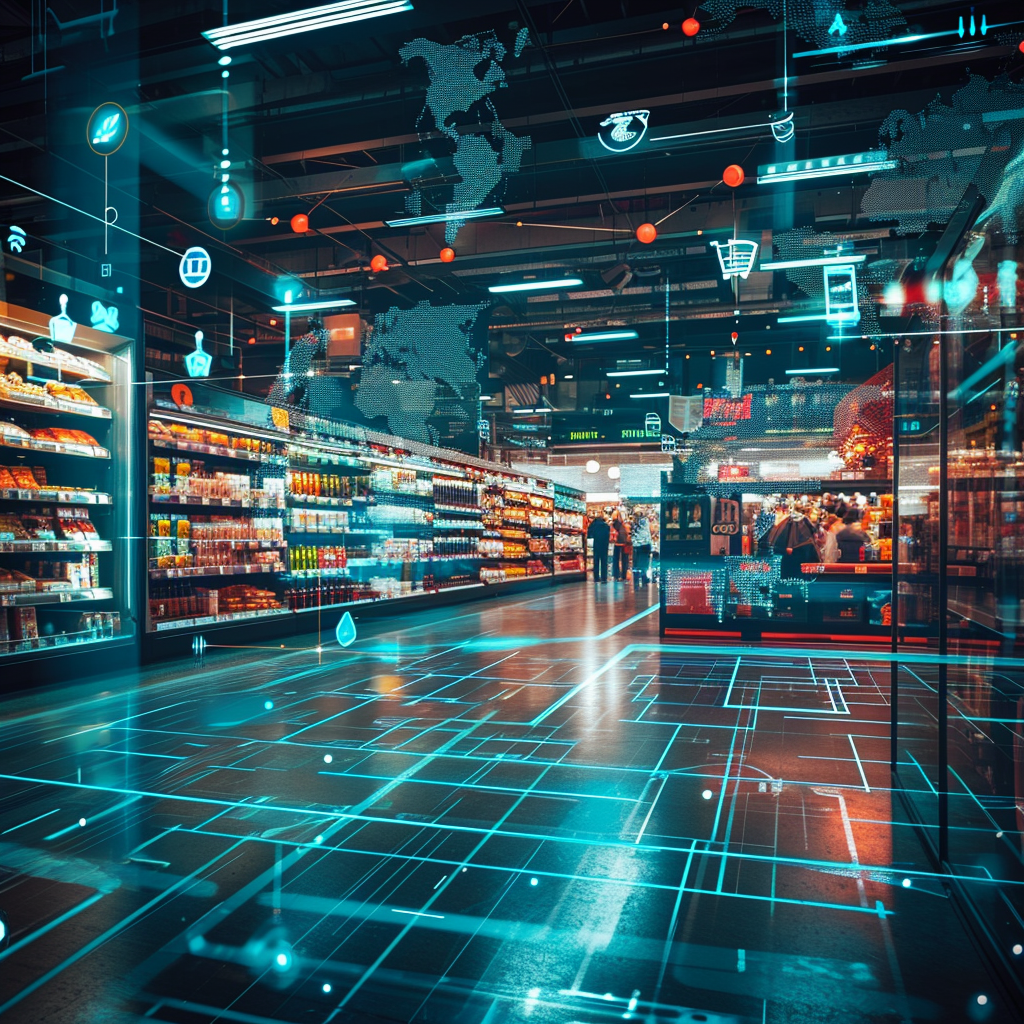The digital revolution has drastically reshaped the retail industry, with e-commerce emerging as a dominant force, driving innovation, convenience, and competitive advantage. This article explores the transformational impact of e-commerce on the retail landscape, examining its benefits, challenges, and future prospects. We’ll delve into how businesses are leveraging e-commerce to revolutionize their operations, customer experience, and market reach.
The Evolution of Retail Through E-commerce: E-commerce has evolved from a novel idea to a fundamental business strategy, offering unparalleled convenience, wider selection, and personalized shopping experiences. It’s not merely an alternative to traditional retail; it’s becoming the preferred method for millions worldwide. The evolution is driven by technological advancements, changing consumer behaviors, and the global reach of the internet.
Impact of E-commerce on Traditional Retail:
- Consumer Behavior Shift: The convenience of shopping anytime, anywhere, has led consumers to favor online shopping. This shift has required traditional retailers to adapt by integrating online and offline experiences or transitioning to e-commerce models.
- Market Expansion: E-commerce breaks geographical barriers, allowing retailers to reach a global audience. Small local shops can now sell products worldwide, while consumers have access to a vast array of international products.
- Competition and Innovation: The rise of e-commerce has intensified competition, pushing retailers to innovate continually. This includes improving logistics, using data analytics for personalized marketing, and enhancing customer service.
Benefits of E-commerce for Retail:
- Cost Reduction: E-commerce reduces the need for physical stores, cutting down on rent, utilities, and staffing costs. This leaner model can lead to lower prices for consumers and higher margins for businesses.
- Data-Driven Insights: Online retail generates a wealth of data, enabling businesses to understand consumer behavior better, optimize their marketing strategies, and personalize the shopping experience.
- Scalability: E-commerce platforms can handle a vast number of transactions and scale up quickly to accommodate business growth, unlike traditional retail spaces that might need physical expansion.
Challenges and Strategies for Embracing E-commerce:
- Technology Integration: Retailers must integrate sophisticated e-commerce platforms, manage inventory across channels, and protect against cybersecurity threats. Staying ahead requires continuous investment in technology and skills.
- Customer Experience: With no physical interaction, creating a compelling online customer experience is crucial. This includes user-friendly website design, high-quality product imagery, and efficient customer service.
- Logistics and Delivery: Efficient logistics are the backbone of e-commerce. Retailers need to ensure fast, reliable, and cost-effective delivery to maintain customer satisfaction and loyalty.
- Competition and Market Saturation: The ease of entering the e-commerce market means increased competition. Retailers must differentiate themselves through unique products, exceptional service, or niche marketing.
The Future of E-commerce in Retail:
Looking ahead, e-commerce is set to become more sophisticated with the integration of artificial intelligence, augmented reality, and other emerging technologies. Personalization will reach new heights, and logistics will become even faster and more efficient. However, the heart of e-commerce will remain the same: providing value, convenience, and a great shopping experience to customers.
Conclusion: E-commerce is not just transforming the retail industry; it’s redefining it. Retailers who embrace this change and leverage the power of digital commerce will thrive in this new landscape. As technology continues to evolve, so will the ways we shop and sell. The future of retail is here, and it’s online, personalized, and more connected than ever. As we move forward, the successful retailers will be those who understand and adapt to these changes, continually innovating to meet the ever-changing needs and preferences of consumers.
